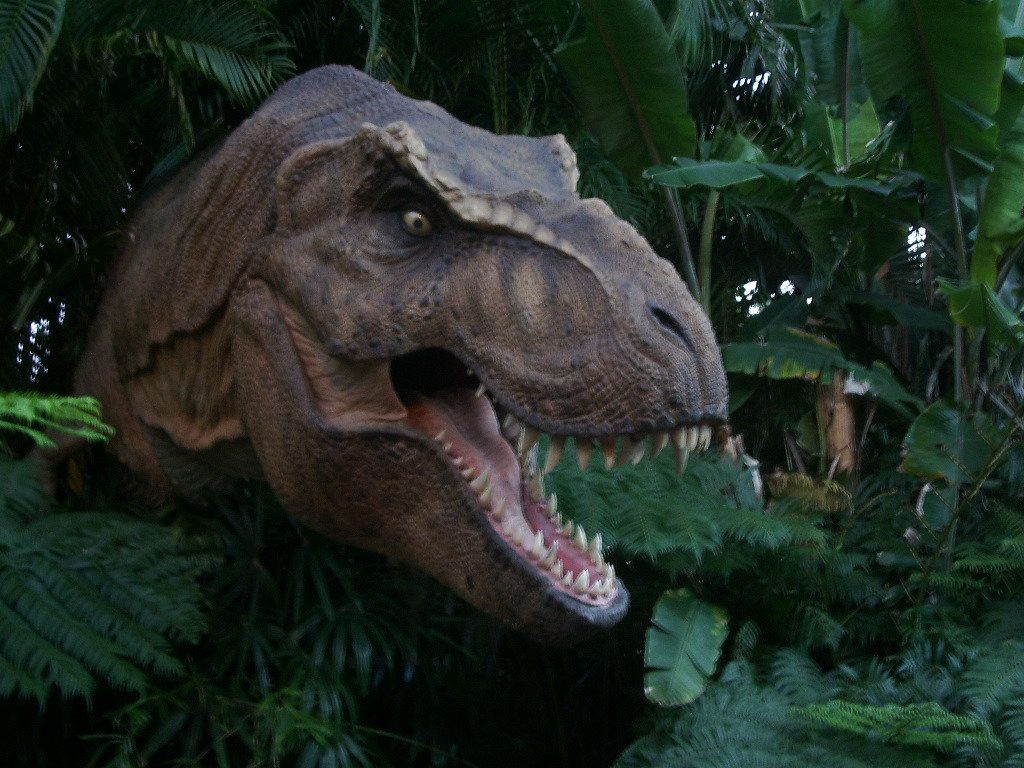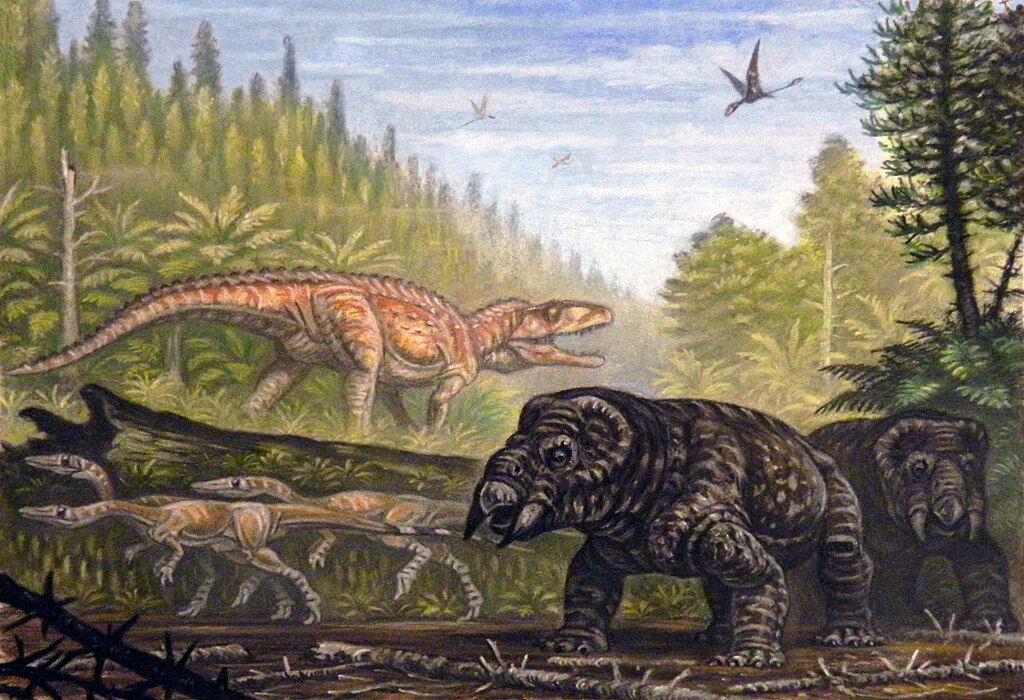Think about this for a moment. You’re walking down the street when suddenly, a creature the size of two es placed end to end comes rumbling toward you. Your brain struggles to process what you’re seeing. This wasn’t science fiction though – these colossal beasts once ruled our planet.
The fossil record has given us incredible glimpses into a world where giants walked the earth. Every new discovery rewrites what we thought we knew about the maximum size life could achieve on land. These aren’t just big animals – they’re living skyscrapers that somehow managed to find enough food to fuel their massive bodies while avoiding predators and navigating ancient landscapes.
Patagotitan mayorum – The Heavyweight Champion
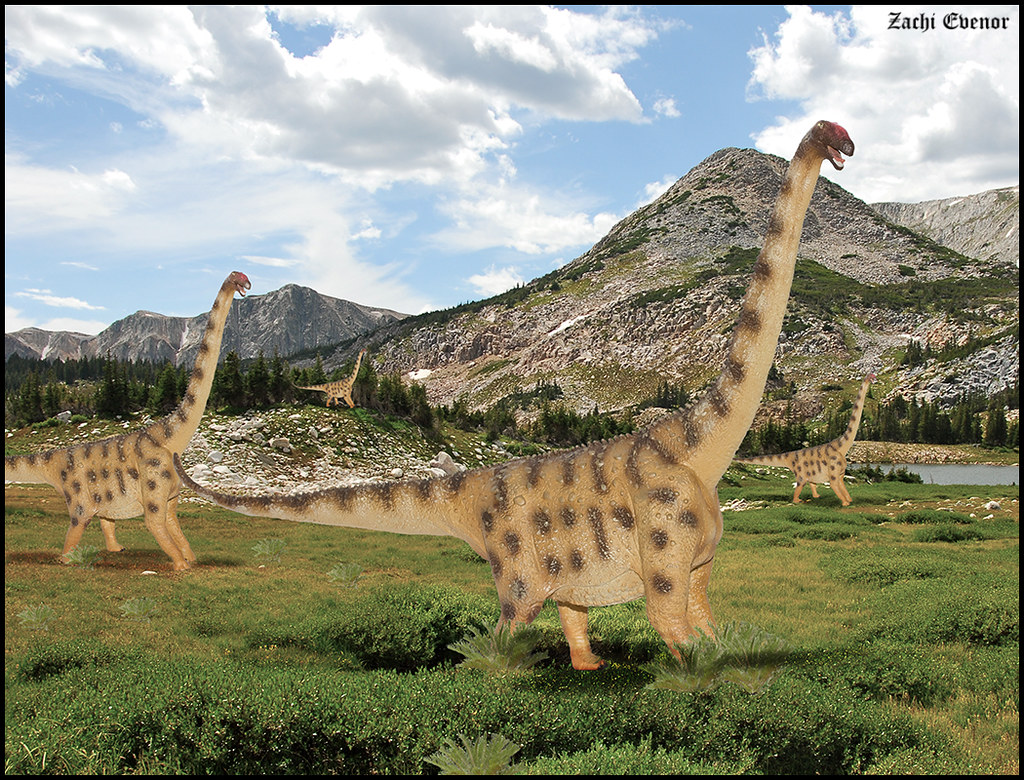
Patagotitan mayorum may have been the world’s largest terrestrial animal of all time, based on size estimates made after considering a haul of fossilized bones attributed to the species. The collection included a femur (thighbone) that measured 2.4 meters (8 feet) from end to end.
Because of its huge size, Patagotitan was simply known as the Titanosaur between its initial discovery in 2014 and its formal naming in August 2017. It is thought to have weighed approximately 70 metric tons (about 77 tons) and measured 37.2 meters (122 feet) long, but some researchers believe that these are overestimates. The species lived 100 million to 95 million years ago.
Argentinosaurus huinculensis – The Mystery Giant

Evidence of it was originally discovered in 1987, when a fossil the size of a fully grown human being was unearthed on a ranch in Argentina. The rancher thought the fossil specimen was a large chunk of petrified wood, and it wasn’t until 1993 that it was reclassified as a single vertebra belonging to a new species of sauropod. Although no complete skeletons of Argentinosaurus have been found, estimates of the dinosaur’s length (based on projections of the size of the rest of the body using existing fossils) range from 37 to 40 meters (about 121 to 131 feet), and it was thought to have weighed 90 to 100 metric tons (99 to 110 tons).
What makes this discovery particularly fascinating is how little we actually have of this giant. For example, Argentinosaurus was of a comparable and perhaps greater mass than Dreadnoughtus, but is known from only a half dozen vertebrae in its mid-back, a shinbone and a few other fragmentary pieces; because the specimen lacks upper limb bones, there is no reliable method to calculate a definitive mass of Argentinosaurus.
Supersaurus vivianae – The Record-Breaking Length
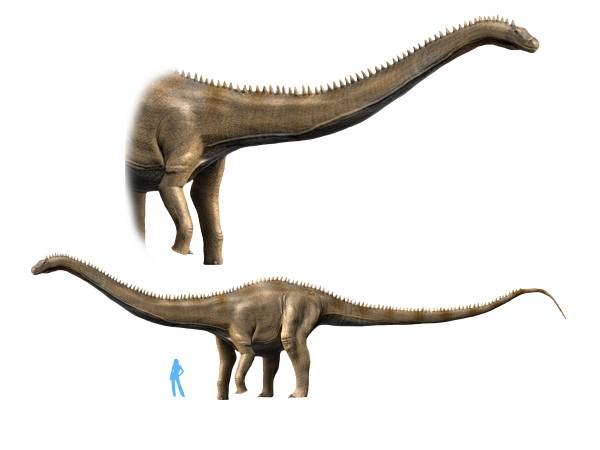
Supersaurus is among the largest dinosaurs known from good remains and quite possibly the longest discovered thus far, with the WDC specimen reaching 33–36 meters (108–118 ft) in length, the BYU specimen reaching perhaps 39 meters (128 ft) and a third specimen potentially exceeding 40 meters (130 ft) in size. The WDC and BYU specimens are estimated to have weighed 35–44 metric tons (39–49 short tons) in body mass.
Its bones were first found in the Jurassic rock of Dry Mesa, Colorado in 1972. While confusion surrounded the remains for a while, new analyses and additional fossils have shown that Supersaurus was indeed a distinct dinosaur and certainly one of the biggest ever. My conclusion, published in the Society of Vertebrate Paleontology annual meetings, is that it exceeded 128 feet (39 m) and likely was 137 feet (42m) from nose to tail, claiming the “world’s longest” title from a number of titanosaurs. To put the length into perspective, Supersaurus is longer than 4 fire trucks, or 3 large es, or even 2 semi-trailers.
Dreadnoughtus schrani – The Accurately Measured Beast
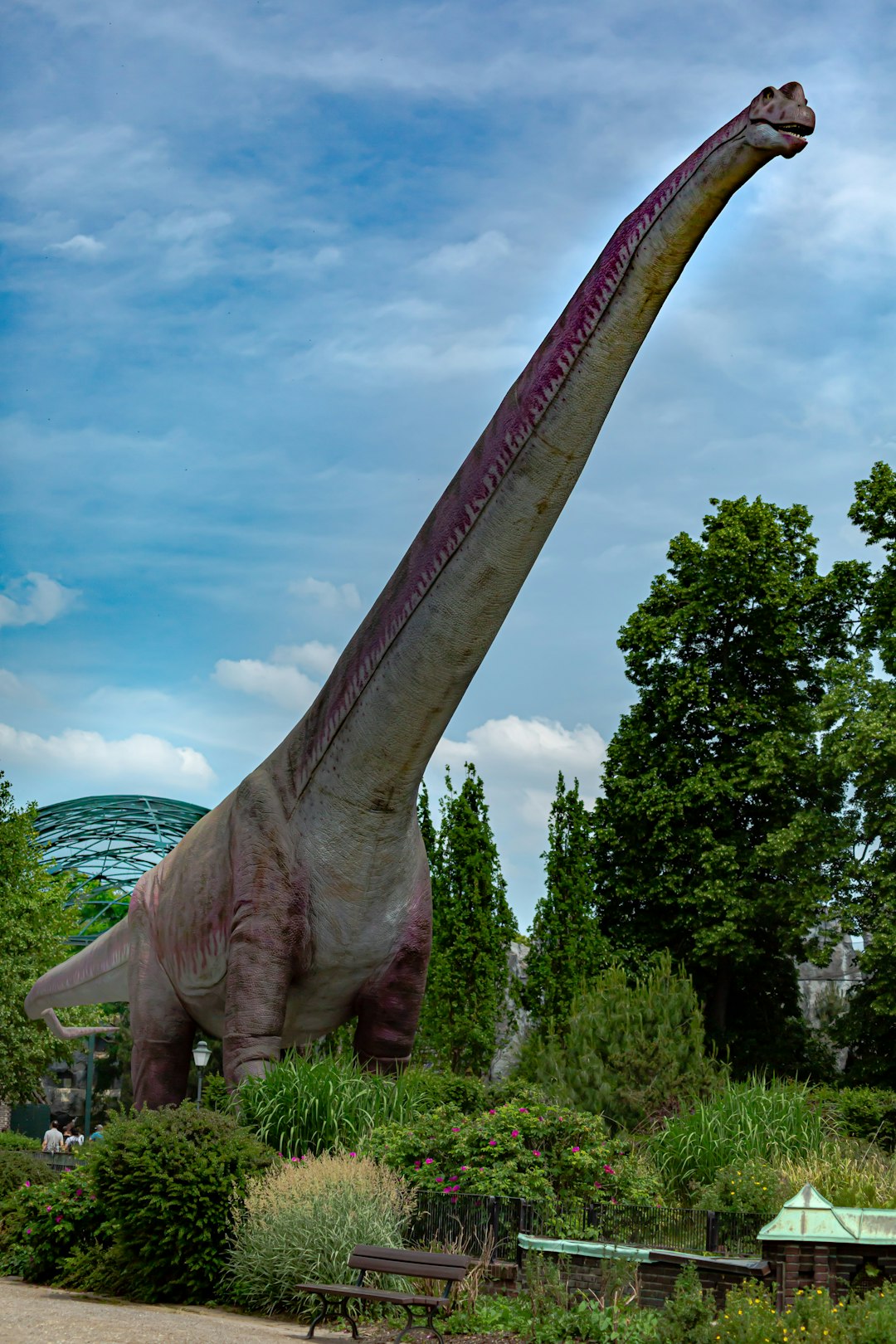
A Drexel-led team has described a new dinosaur species with the most complete skeleton ever found of one of the largest animals to ever walk the Earth. At 85 feet (26 m) long and weighing about 65 tons (59,300 kg) in life, Dreadnoughtus schrani is the largest land animal for which a body mass can be accurately calculated.
Overall, the Dreadnoughtus schrani type specimen’s bones represent approximately 45.3 percent of the dinosaur’s total skeleton, or up to 70.4 percent of the types of bones in its body, excluding the skull bones. This is far more complete than all previously discovered giant titanosaurian dinosaurs. Shockingly, skeletal evidence shows that when this 65-ton specimen died, it was not yet full grown. It is by far the best example we have of any of the most giant creatures to ever walk the planet.
Mamenchisaurus sinocanadorum – The Impossible Neck
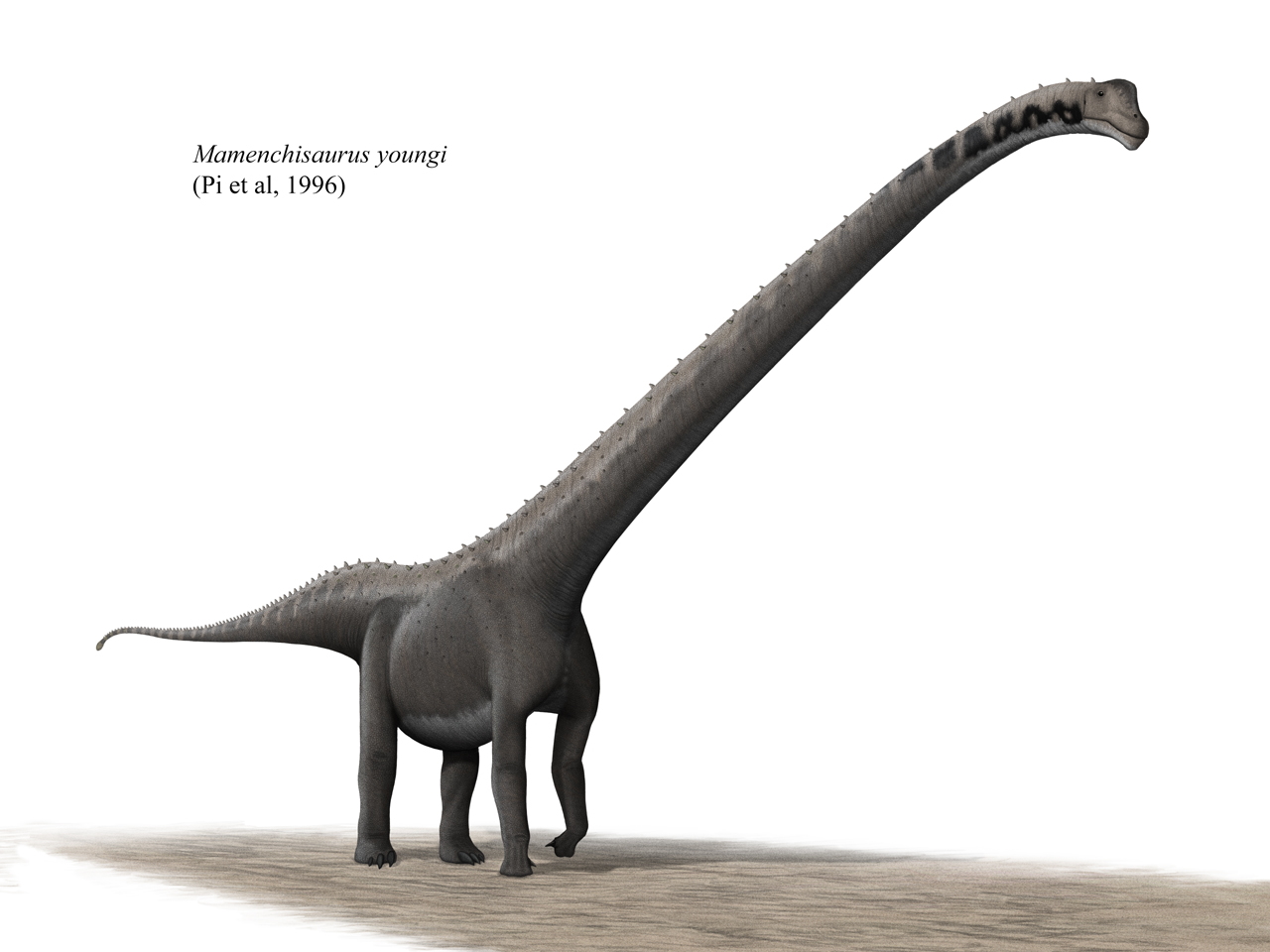
The fossilized remains of the dinosaur, called Mamenchisaurus sinocanadorum, were discovered in 1987 in China’s northwestern region of Xinjiang and first described in a 1993 scientific paper. The dinosaur was named after the joint Chinese-Canadian team that unearthed the fossil.
By comparing the few known bones of the sauropod Mamenchisaurus sinocanadorum with its relatives, experts have extrapolated its tremendous neck length. With a 15-meter-long neck, it looks like Mamenchisaurus sinocanadorum might be a record-holder – at least until something longer is discovered. A computed tomography (CT) scan of the dinosaur’s vertebrae revealed that air made up as much as 77% of their volume, just like the light skeletons of today’s storks. To protect its neck against injury, the sauropod had 13-foot-long (4 m) ribs in its neck that were built like rods and overlapped in bundles on both sides of the neck, much like those on other sauropods, the researchers found.
Spinosaurus aegyptiacus – The River Monster
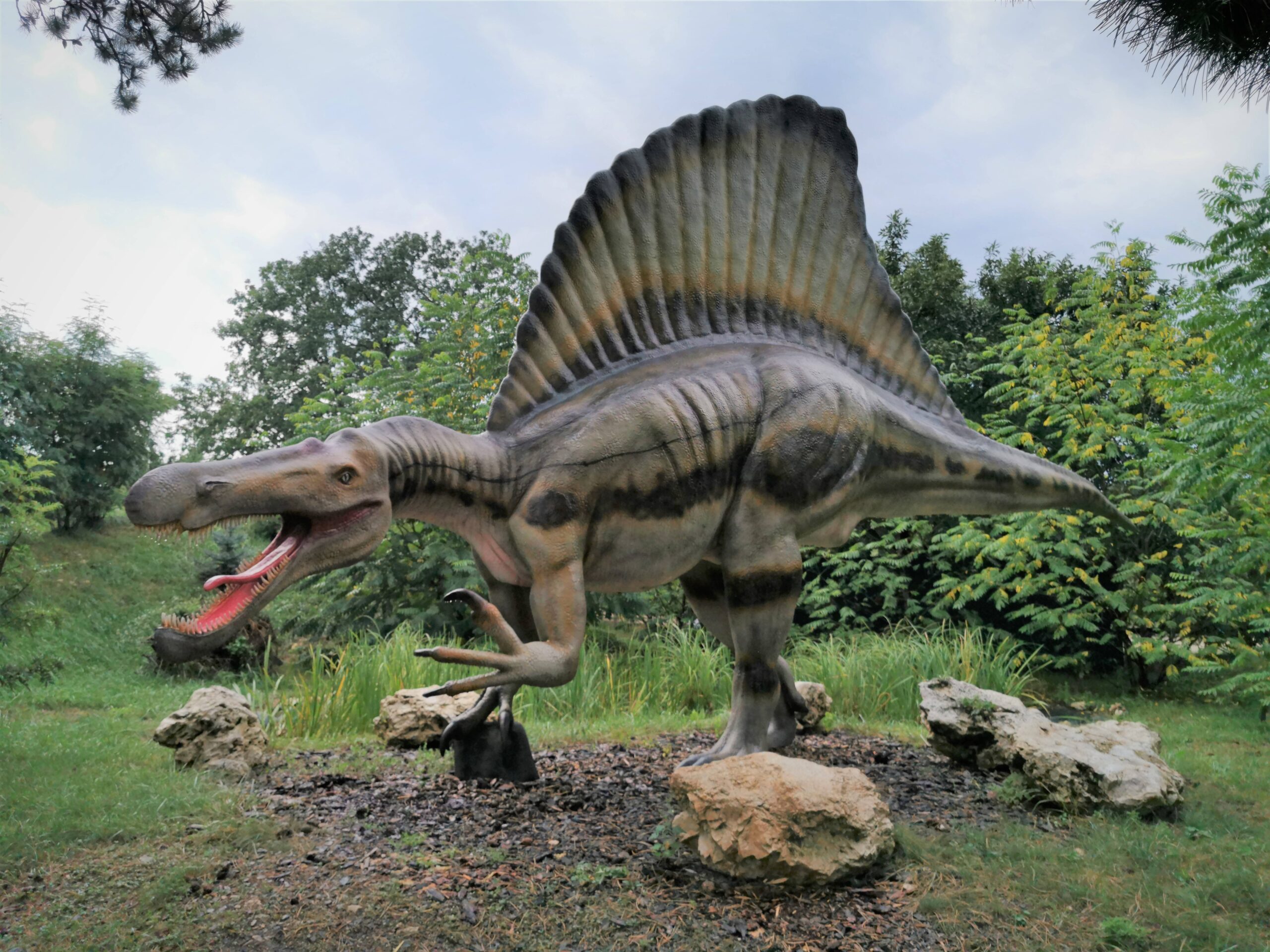
The biggest and the baddest among meat-eating dinosaurs, Spinosaurus may have also been the first dinosaur to take to the water, swimming in North Africa’s rivers some 97 million years ago, researchers reported on Thursday. Floating like a crocodile to stalk prey, the 50-foot-long (15.2 meters) predator bore a massive sail on its back that would have risen from the water like a shark’s fin. The carnivore probably ate fish, ancient crocodiles, and anything else afloat.
The fossil bones of Spinosaurus aegyptiacus described in the study turned up in sandstone beds in the Moroccan Sahara. Complete with skull, claws, and bones that formed the sail on its back, the fossils reveal a crocodilian snout, paddle-like feet, and dense bones that aided buoyancy, adding up to a life aquatic for the giant predator. All in all, the discoveries by this team show that Spinosaurus is an extremely unusual and specialized carnivorous dinosaur.
Giganotosaurus carolinii – The Southern Giant
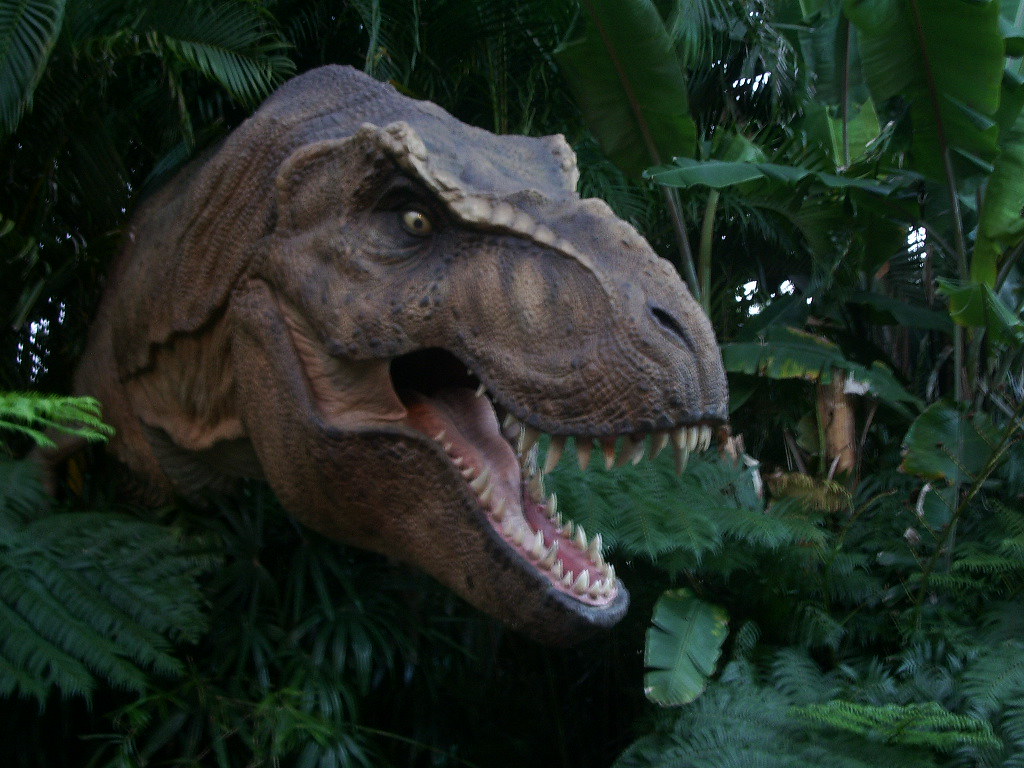
The story of Giganotosaurus’s discovery begins in the arid badlands near Villa El Chocón, in the Neuquén province of Argentina. In 1993, an amateur fossil hunter named Rubén Carolini stumbled upon a massive tibia while passing through the rugged landscape. This chance discovery would lead to one of the most significant paleontological finds of the century.
Giganotosaurus was, at the time of its discovery, the largest known theropod from the southern hemisphere, and some estimates placed it as the largest theropod on Earth. Current size estimates based on the measurements of the restored material place it at roughly 12-13m (40-43 ft) and about 7-8 tons. For comparison, Tyrannosaurus rex was also about 12-13m (39-42 ft) and on average about 8 tons, but larger specimens have been found that exceed 9 tons. In the present, we now know that Spinosaurus is longer than both Giganotosaurus and Tyrannosaurus, but Giganotosaurus’ true size is still a matter of question.
Conclusion
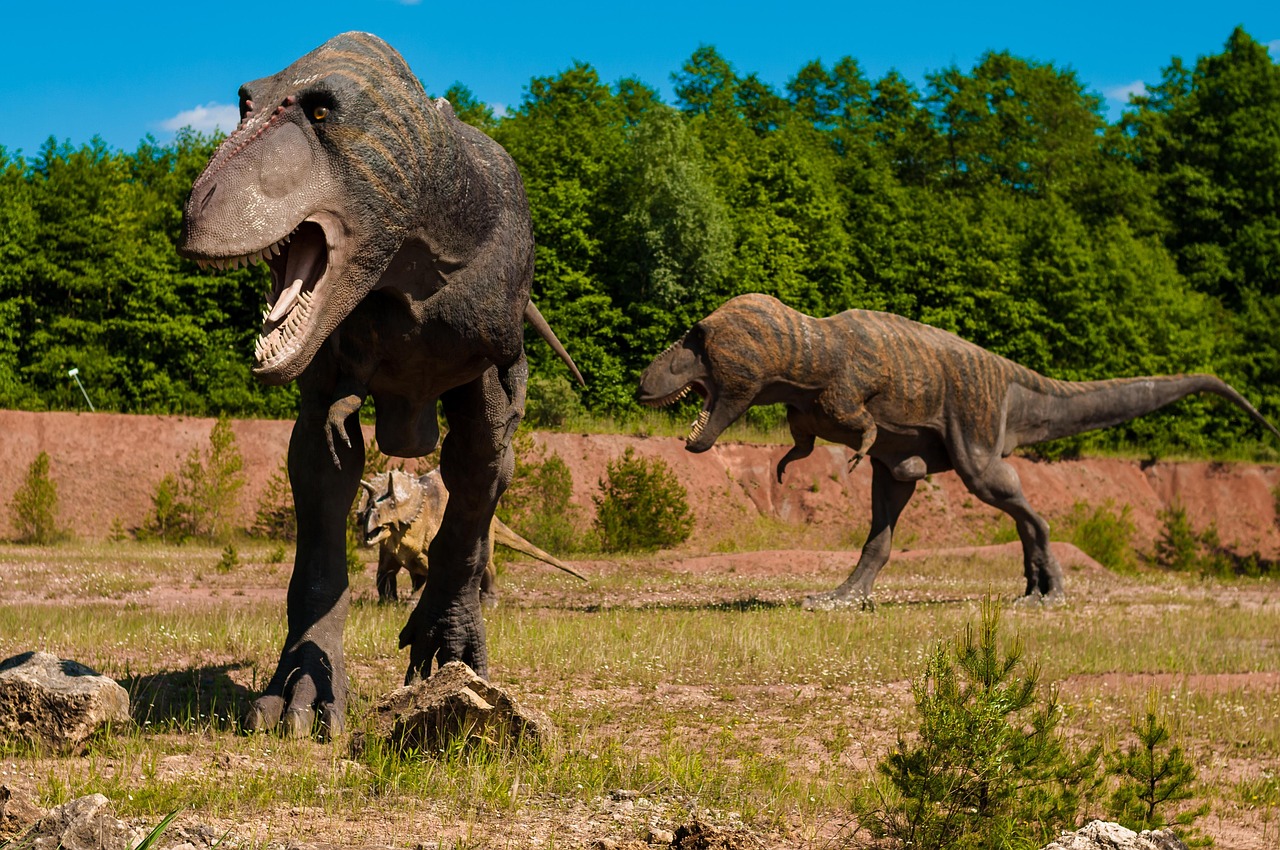
These seven titans represent more than just impressive fossil finds – they’re windows into a world where the impossible became reality. Each discovery has fundamentally changed our understanding of what life on Earth could achieve. From Patagotitan’s crushing weight to Mamenchisaurus’s absurdly long neck, these creatures pushed the boundaries of physics and biology.
The fact that many of these giants remain incompletely known only adds to their mystery. Perhaps even larger specimens await discovery in remote badlands around the globe. These discoveries remind us that our planet once hosted creatures so massive they’d dwarf any land animal alive today.
What do you think about these colossal creatures that once dominated our planet? Tell us in the comments.

